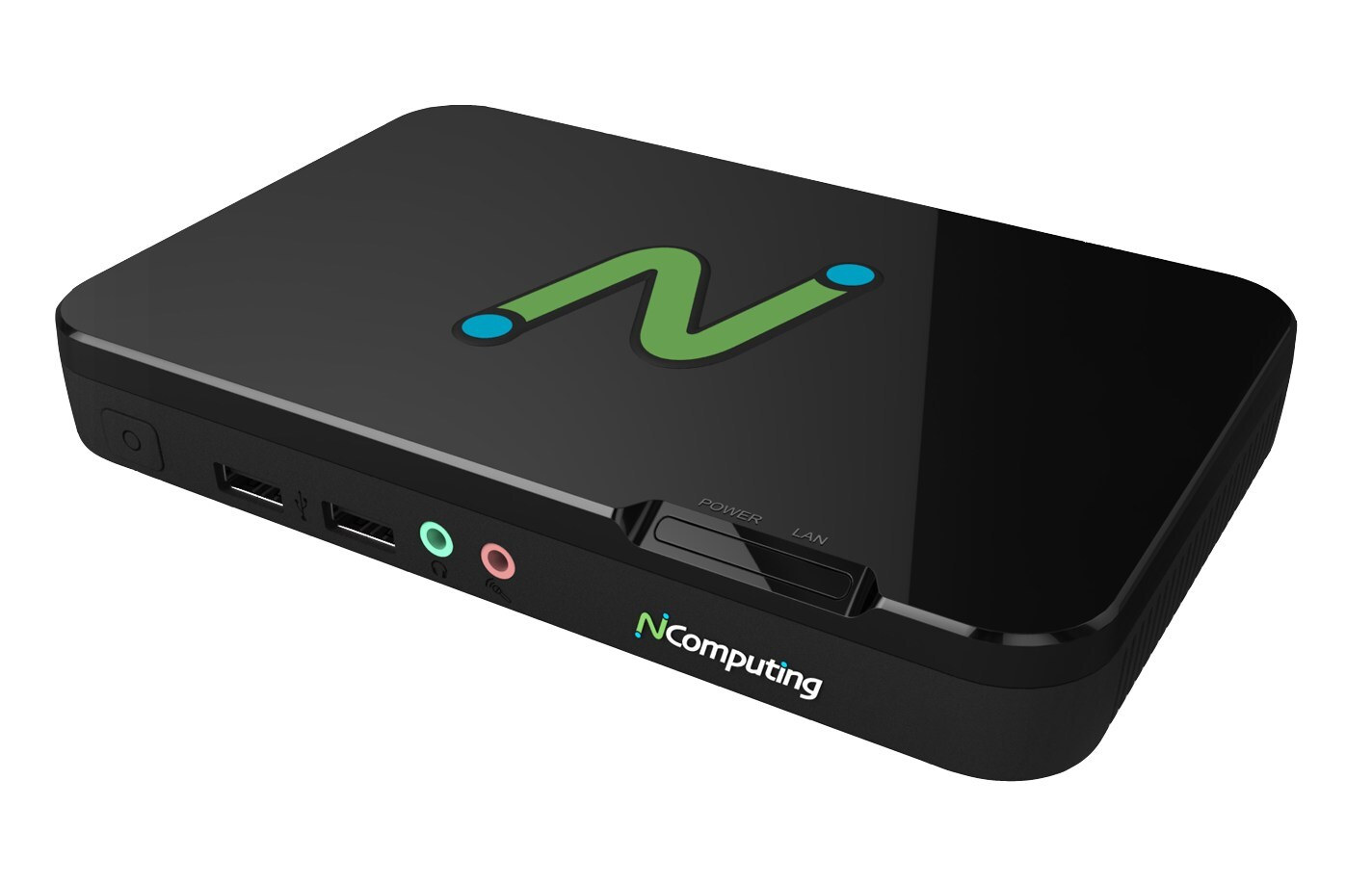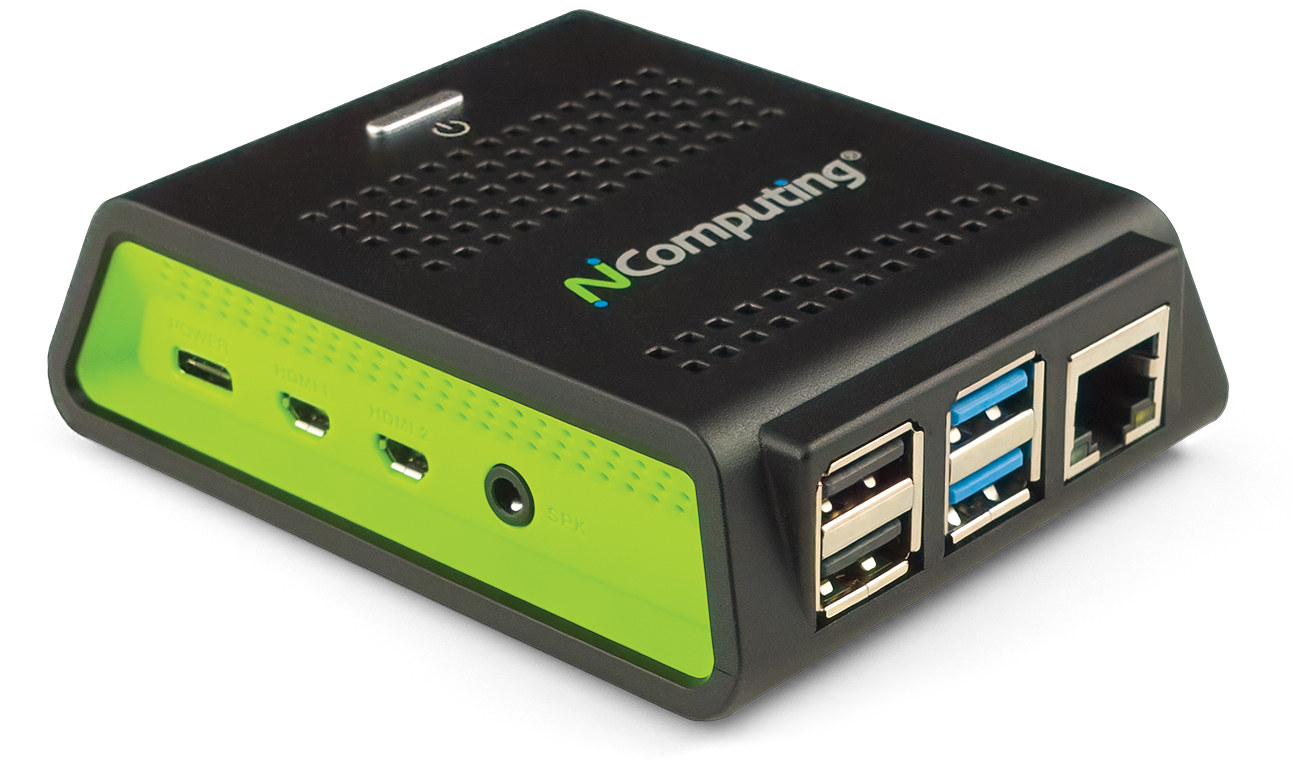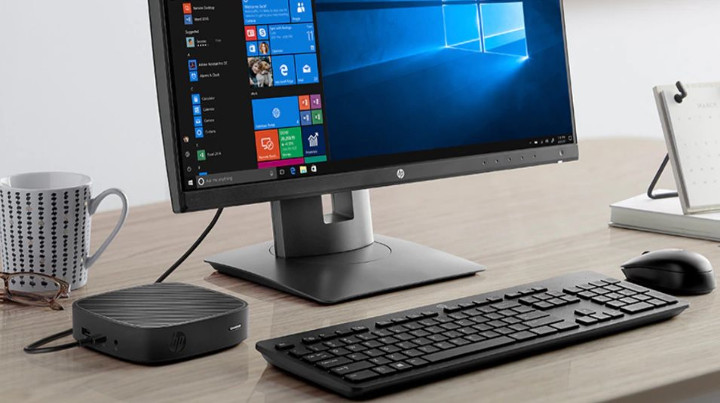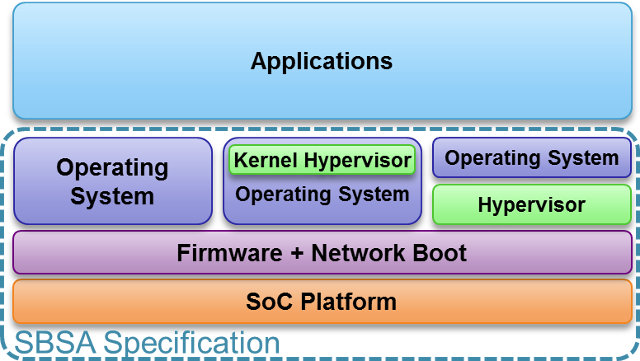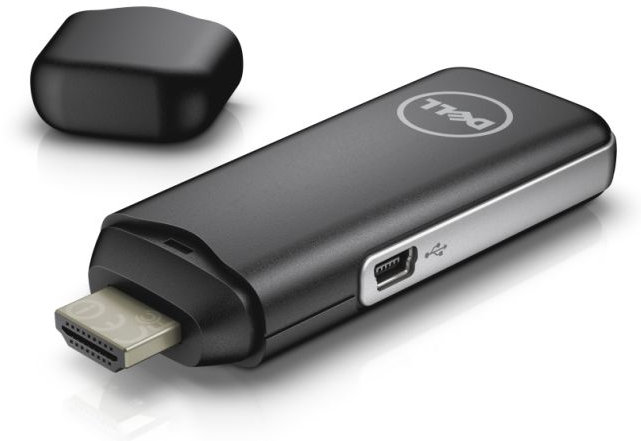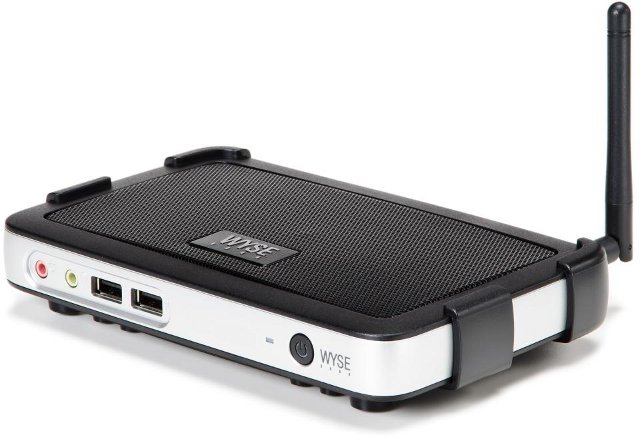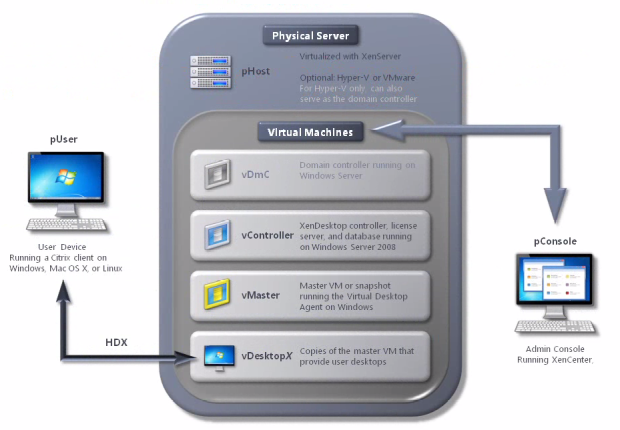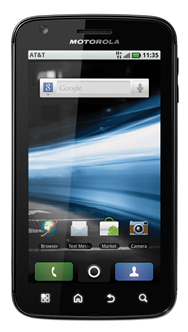NComputing RX540 is a thin client powered by the Raspberry Pi CM5 that works with Citrix, Microsoft Azure Virtual Desktop (AVD), Windows 365, Remote Desktop Services (RDS), and NComputing’s own vSpace Pro and VERDE VDI platforms. Omnissa Horizon integration is expected in March 2025. We first covered NComputing when the company released the RX300 Raspberry Pi 3-based Thin Client in 2017, which we reviewed with Windows Server 2016 the same year. Since then, the company introduced the RX420(HDX) Raspberry Pi 4 Thin Client compatible with Citrix HDX in 2020, and now they’ve introduced their first Raspberry Pi Compute Module-based hardware with the CM5-powered NComputing RX540 thin client, and there’s also an RX580 model with 8GB RAM and internal storage available upon request. Ncomputing RX540 specifications: SoM – Raspberry Pi Compute Module 5 SoC – Broadcom BCM2712 CPU – Quad-core 64-bit Arm Cortex-A76 processor @ 2.4GHz GPU – VideoCore VII GPU […]
NComputing RX420(HDX) Raspberry Pi 4 Thin Client Works with Citrix HDX
NComputing RX300 Raspberry Pi 3 thin client was launched in 2017 with support for the company’ vSpace Pro desktop virtualization solution for Linux and Windows, and I tested it accessing a Windows Server 2006 host located in Singapore, and performance was pretty good for a remote system as I could play 1080p YouTube videos, browse multiple tabs in Chrome, etc.. relatively smoothly. This type of solution is aimed at businesses, for which it may be easier and cheaper to handle a fleet of devices using thin clients and servers, instead of traditional PC’s. Beside its vSpace Pro RX300 thin client, NComputing also introduced another Raspberry Pi 3 thin client that same year with RX-HDX using a design similar to RX300 but instead integrating support for Citrix HDX virtualization technology. NComputing now unveiled an update for the latter with RX420(HDX) thin client based on Raspberry Pi 4 SBC with 2GB RAM. […]
HP t430 Thin client Works with a Single USB Cable
Gemini Lake mini PCs are starting to sell and ship, and from the look of it, HP t430 appears to be yet another Gemini Lake mini PC based on an Intel Celeron N4000 processor. But the device is actually a thin client that has been designed to work with a single USB type C cable for power, video and audio. HP t430 specifications: SoC – Intel Celeron N4000 dual core processor @ 1.1 GHz / 2.4 GHz with Intel UHD Graphics 600 System Memory – Up to 4GB DDR4 RAM Storage – 16 GB to 32 GB Flash memory Display – HDMI, DisplayPort 1.2, USB type C DisplayPort Alt-mode Audio – Headphone/microphone mini-jack Networking – Gigabit Ethernet, and WLAN USB – 3x USB type A ports, 1x USB type C (DisplayPort 1.2, USB 3.1, charging) Misc – Power button, Kensington lock Power Supply – 19V DC, 45 W, worldwide auto-sensing, 100-240 […]
ARM Unveils Server Base System Architecture Specification (SBSA) to Standardize ARM based Servers
64-bit ARM based servers should hit the market later this year or earlier in 2015 with SoCs such as Applied Micro X-Gene or AMD Opteron A1100. ARM still has the lead in terms of efficiency with a lower dollar per watt ratio, but Intel is closing in with their new Avoton server-on-chips. However, there’s one aspect where Intel is clearly in the lead: standardization and compatibility. ARM is very flexible, and allow SoC designers to create more or less what they want, but it comes at the cost that most ARM based systems are not capable of running mainline Linux, and instead use vendor trees. With many applications, that may not be critical, but when it comes to data-centers, companies want to be able to run the latest Linux version with the latest security patches as soon as possible, and want to lower the total cost of ownership (TCO), so […]
Dell Wyse Cloud Connect Android mini PC is Now Available for $129
Dell unveiled Project Ophelia about a year ago, and has now officially launched the product under the name Wyse Cloud Connect for $129. The device runs Android, but is mostly different from all the Chinese HDMI sticks thanks to its enterprise-oriented firmware that supports Wyse Cloud Client Manager software-as-a-service (SaaS), PocketCloud software, as well as Citrix Receiver, VMware Horizon View client, and Microsoft RDP protocol for remote desktops. Wyse Cloud Connect specifications: SoC – Multi-core ARM CortexA9 System-on-Chip (SoC). Last year’s prototype was said to use Rockchip RK3066, but it may have changed since then. System Memory – 1GB RAM Storage – 8GB NAND Flash + micro SD card slot (up to 64 GB) Video Output – HDMI with MHL, DisplayPort Connectivity – Dual band Wi-Fi 802.11 a/b/g/n, Bluetooth 3.0 USB – 1x USB mini for peripherals (keyboard/mouse), 1x Micro USB host port / external power input Power – Micro […]
Wyse T10: Thin Client Powered By Marvell ARMADA 510 SoC
Wyse Technology has announced a new thin client: the Wyse T10 running Wyse zero framework (aka ThinOS), powered by Marvell ARMADA 510 SoC (ARM v7 core) and supporting virtualization solutions by Citrix, VMWare, Marvell, Microsoft and Quest Software. This is the second device based on Marvell 510 SoC after the Wyse T50 announced last year running Wyse enhanced Ubuntu Linux. The company claims the Wyse T10 is the first platform in the industry to include Wyse optimized versions of the Citrix Receiver and Microsoft Remote Desktop Protocol (RDP) 7.1 technologies, leveraging 2D hardware acceleration capabilities of Marvell ARMADA 510 SoC. This optimized 2D graphics remoting stack enables high-end features such as HD video, dual monitor connectivity and L-shaped desktop support, features that are usually only supported by more powerful Intel/AMD x86 clients. The following virtualization solutions are supported: Citrix XenDesktop 5.5 VMware View Microsoft Remote Desktop Services (RDS) Quest vWorkspace […]
Setup Citrix XenDesktop for Citrix Receiver
You may have seen the Motorola Atrix 4G at CES 2011 and its ability to run Windows 7 via the Citrix Receiver installed in the smartphone and the laptop dock. This can be interesting for small and large businesses alike since they could do with one (and more) Citrix server and a phone for each employee without the need for an extra laptop or desktop PC. Citrix does not only support Motorola Atrix 4G and you could install the receiver on your own smartphone or tablet free of charge: Windows Mobile Receiver 11.5 for Windows Mobile BlackBerry Receiver 2.0 for BlackBerry Android Receiver 2.0 for Android iPhone Receiver for iPhone iPad Receiver for iPad Today, I’ll show how to install Citrix XenDesktop (The “server” part of Citrix) in order to run Windows 7 or any other operating systems supported by Citrix. First download Citrix XenDesktop – Express Edition. The file […]
Motorola Atrix 4G: A mobile turns into a Laptop
Motorola showcased the Atrix 4g smartphone based on NVidia Tegra 2 and running Android 2.2 (upgradable to Android 2.3 gingerbread later in 2011). It can be plugged directly into an ultra-thin laptop chassis (Laptop Dock for Motorola Atrix 4G). Motorola calls that a WebTop. The dock itself has a resolution of 1366×768 but the phone can support up to 1280×1024 in Desktop Mode. Contrary to Lenovo LePad, where the dock has an Intel iCore processor, all processor is done by the smartphone. Once in the dock you’ll be able to use the keyboard and mouse to check your emails (Gmail), play videos (720p supported, but 480p is recommended for smoothness), send SMS, browse the web with Mozilla Firefox (Add-ons are also supported) and more. The smartphone has a Citrix receiver so it can run Windows XP/Vista/7 thru the Citrix server (Virtual Machine). It also is capable of docking directly into […]


